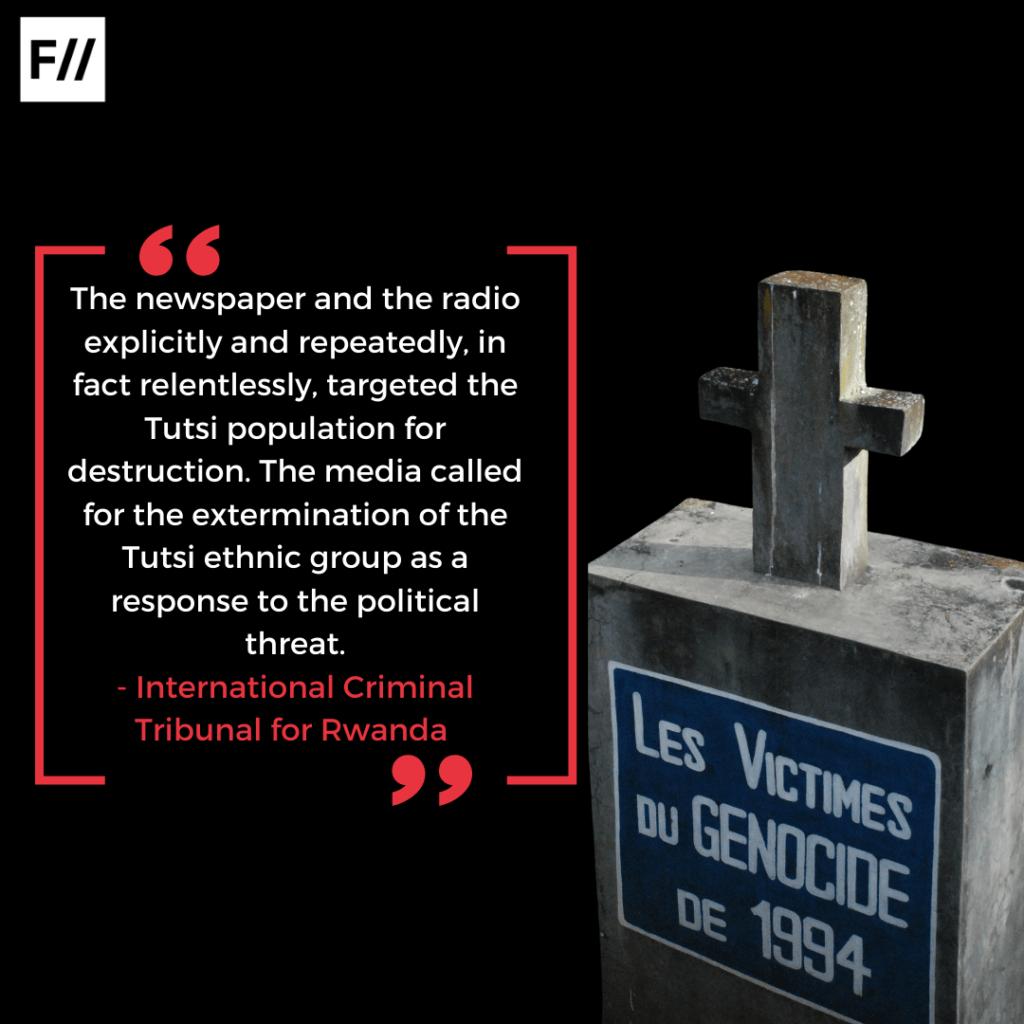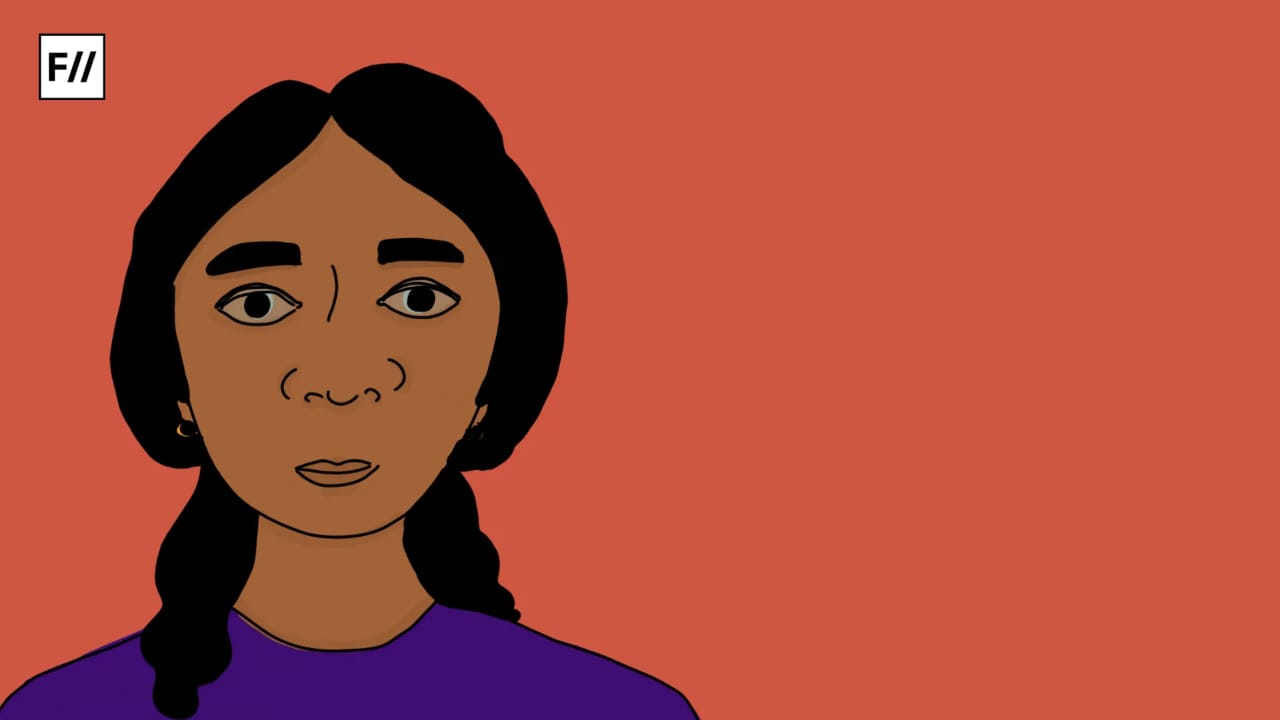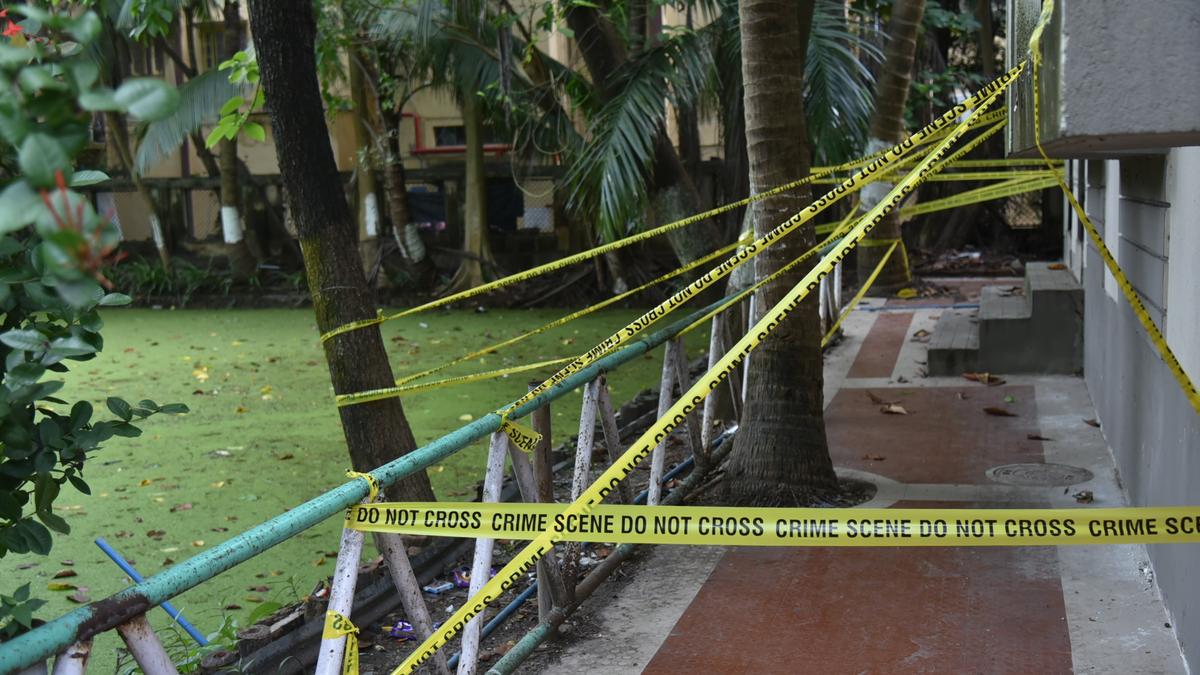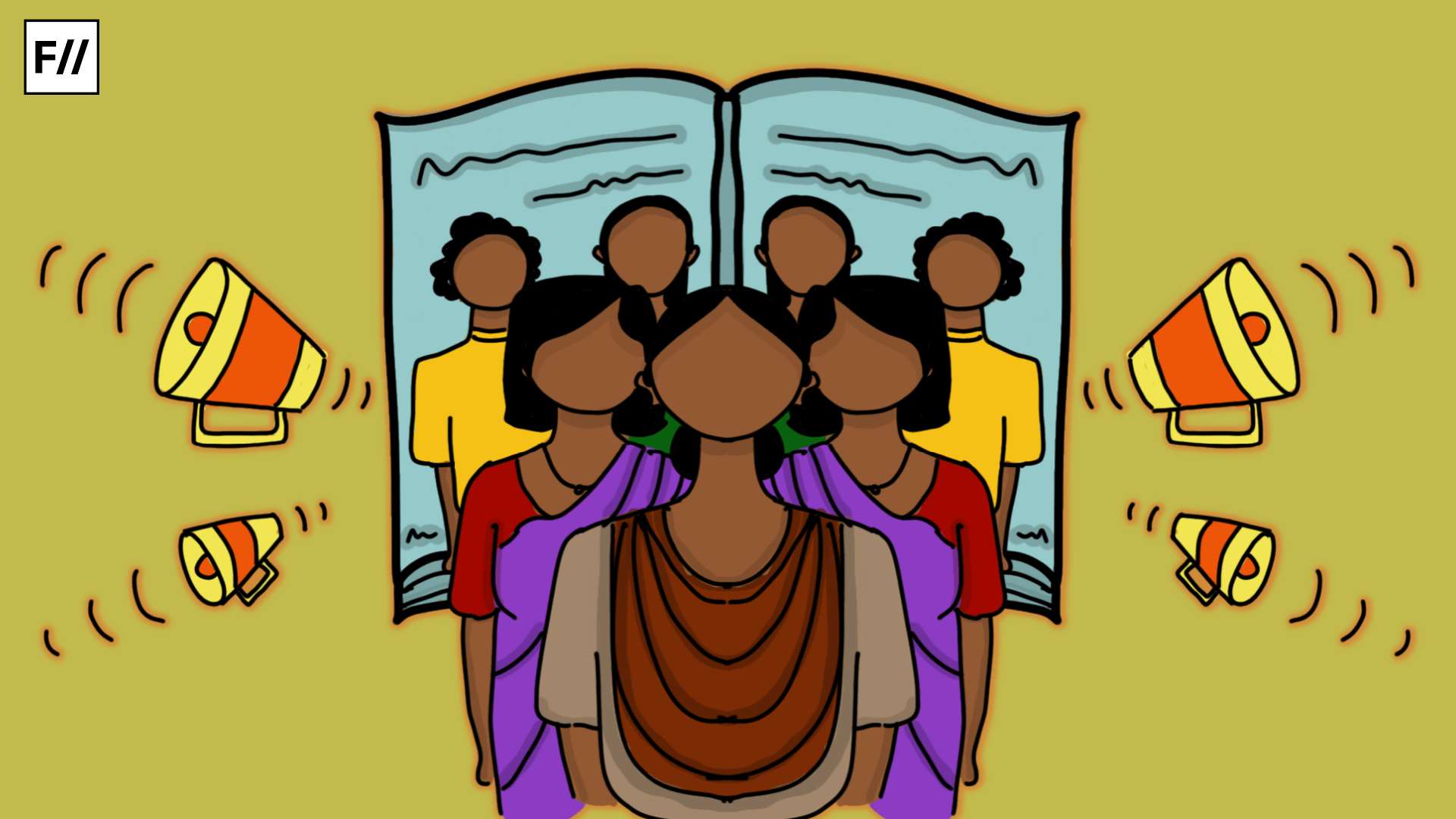Trigger warning: Genocide, Murder
On April 7 annually, UNESCO commemorates the International Day of Reflection on the 1994 Genocide. Between April and June 1994, an estimated 1 million Rwandans were killed in the space of 100 days. The local media in Rwanda played a significant role in furthering the violence by propagating hate speech. The Indian mainstream media too has been following the same path, where they propagate the “Us” vs “Them” idea, labelling anyone who opposes the government as “anti-nationals”. Let’s take a look at the role media plays in driving state-sponsored violence.
In this series we try to understand and analyse the role media plays in driving state-sponsored violence.
What happened in Rwanda?
On April 7 every year, UNESCO commemorates the International Day of Reflection on the 1994 Genocide against the Tutsi minority in Rwanda. Within just over 100 days, more than 1 million Tutsis were systematically murdered by the ruling Hutus, and the local media played a huge role in aiding the violence.

What is happening in India?
Media’s role in aiding state violence is not a new phenomenon. In India, be it the pogrom against the Sikhs in 1984 or the very recent Delhi riots in 2020, we have enough examples of how mainstream media platforms have played party by leveraging already existing prejudices and amplifying the voices that seek to harness them.

Also read: Dalit Women, Sexual Violence And The Role Of Media
Hate propaganda
In Rwanda: In a country where nearly 50% of the population could not read nor write, radio was a vital source of public communication. The message from private radio station RTLM was simple: the Tutsi were the enemy and Rwanda would be better off without them. In India: Be it the CAA-NRC protests, activists speaking up, or students protesting, the mainstream media in India has diligently reduced everything to the ‘India-Pakistan’ binary, aimed at targeting the country’s Muslim minority. They have given platform to politicians and speakers who have actively encouraged violence against the minority community.

Selective reporting
In India, the 2020 Delhi riots saw a massive under-reporting and selective reporting on part of the mainstream TV channels. During the CAA-NRC protests the protesters were often painted as anarchists and ‘anti-Hindu’. The same situation had taken place in Rwanda, where over time, the Hutus were fed misinformation by the media, that the Tutsi’s were to blame for every crisis arising in the country, and they were eventually made the scapegoats.

Media and polity
Just like the extremist radio broadcasters RTLM in Rwanda worked in tandem with the ideologies of the Hutu government, opening their platform to propagating hate speech, in India, media under the current government has seen a constant intervention by those in power, to further their political and ideological ends.

Money before lives?
In India, the coverage of the mainstream media platforms post 2014 has maintained a tone of constant appeasement towards the ruling party. This in turn has seen their profits increase manifold, as their “anti-Muslim” agenda has resulted in a sharp rise in TRPs, with the increasing nationalist sentiment in the country.

Also read: Media Bias: Who Gets Arrested For Sharing Fake News And Who Gets Away
The Delhi 2020 riots showed the depths of depravity media could reach. Much like the genocide in Rwanda, the Delhi pogrom was also a result of the building up of bias within the minds of the citizens over time, with biased coverage and hate speeches. Although many years have passed, the Rwandan genocide still has much to teach us about the central role of media in cases of state violence, as is fairly evident.

“The newspaper and the radio explicitly and repeatedly, in fact relentlessly, targeted the Tutsi population for destruction. The media called for the extermination of the Tutsi ethnic group as a response to the political threat.” – International Criminal Tribunal for Rwanda

“The problem with the electronic media is all about TRPs, leading to more and more sensationalism, damage reputation of people and masquerade as form of right.” – Supreme Court of India

About the author(s)
Shriya is a former student of literature and a multimedia journalist with an interest in sports and human rights. She can be found watching Shah Rukh Khan movies or listening to Ali Sethi and 90s Bollywood songs. She enjoys a good cup of black coffee multiple times a day and is often compared to 'Casper, the friendly ghost'.




